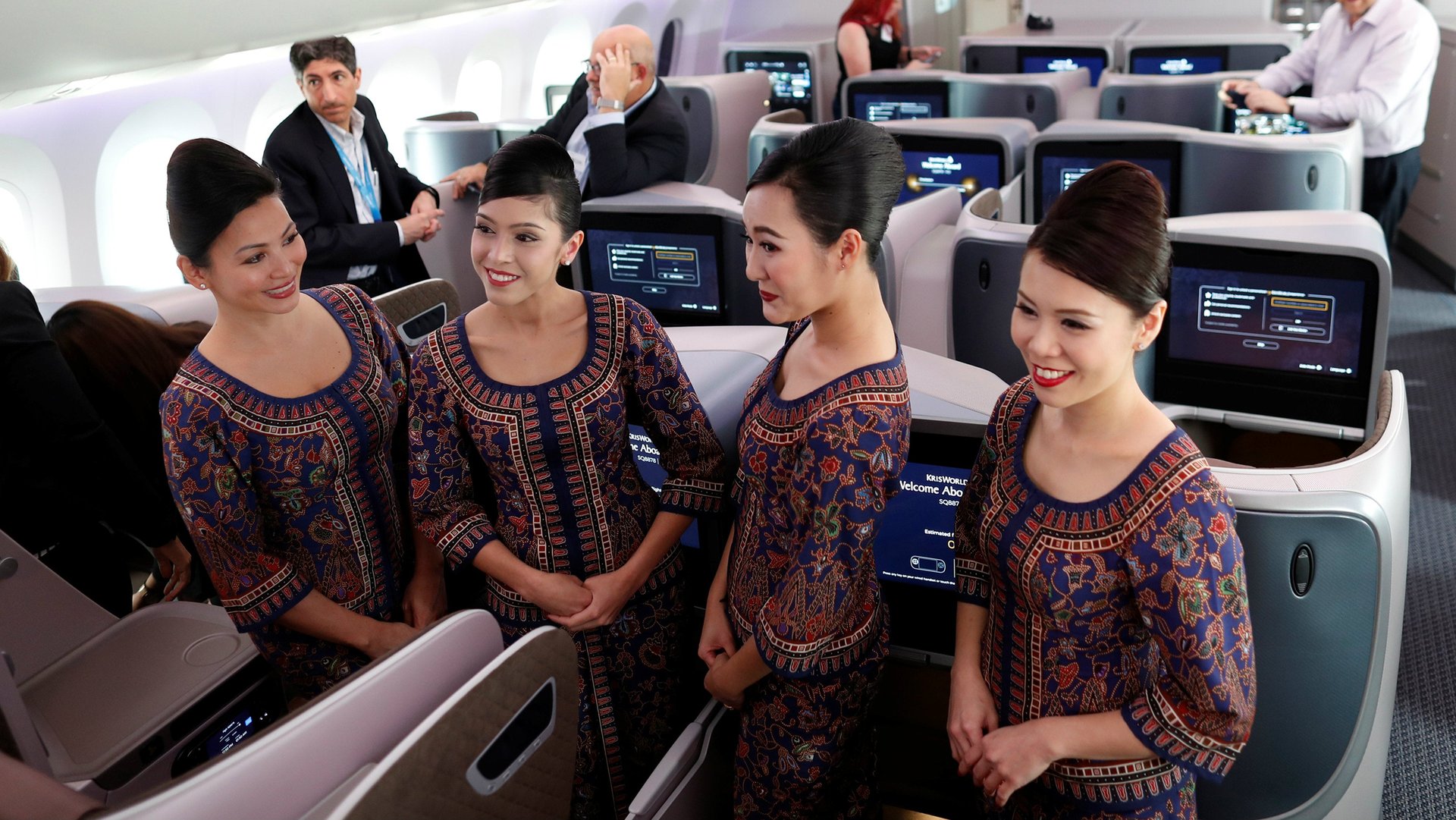Once again, European and US airlines are losing out to their Asian rivals
TripAdvisor is the largest travel review platform in the world. So when they release rankings based on their users reviews, it’s a reliable indication of the general attitudes of travelers across the globe.


TripAdvisor is the largest travel review platform in the world. So when they release rankings based on their users reviews, it’s a reliable indication of the general attitudes of travelers across the globe.
That’s why the most recent results of their annual Travelers’ Choice awards for airlines should be worrying for US and European carriers. The results were based on reviews and ratings across seven geographical regions over a one year period on TripAdvisor Flights. Asian and Middle Eastern carriers dominated the results, with only a single US and European airline cracking the top ten. The rankings were as follows:
- Singapore Airlines (Singapore)
- Air New Zealand (New Zealand)
- Emirates (UAE)
- Japan Airlines (Japan)
- EVA Air (Taiwan)
- Southwest Airlines (US)
- Jet2.com (UK)
- Qatar Airways (Qatar)
- Azul (Brazil)
- Korean Air (South Korea)
While Asian and Middle Eastern carriers outperforming their American and European peers is nothing new, their dominance this year was particularly striking. While Asian airlines only account for roughly a quarter of the Travelers’ Choice eligible airlines, they were awarded four of the top ten spots. Meanwhile, Asian and Middle Eastern airlines were given three of the four “Best of” categories.
- Best First Class: Singapore Airlines
- Best Business Class: Qatar Airways
- Best Premium Economy: Air New Zealand
- Best Economy: Singapore Airlines
So are American and European carriers letting standards slip or are there more structural forces at play? According to Jami Counter, vice president of TripAdvisor Flights, it’s a little bit of both.
“There is no doubt that the big Asian carriers managed to win more [because] they tend to offer a more pleasant flying experience than carriers in North America and Europe,” Counter said. “But the Asian carriers also benefit from unique structural factors that provide them with a competitive advantage in their ability to differentiate their product.”
One of the most essential factors is that most Asian carriers have continued as “full service” airlines, rather than trying to emulate a budget airline in economy class. Whereas American and European airlines are increasingly segmenting their offerings to drive down their prices and win market share—see the rise of budget economy on transatlantic routes—large Asian carriers are not competing with budget airlines, which remains a distinct category in Asia.
“They don’t charge extra for items like checked bags and seat assignments like the low-cost carriers do in the region,” Counter said. Instead, these airlines “tend to be highly service-oriented to start—[and] not asking staff to help with ancillary fee collection or enforcing bag rules allows them to focus on their primary responsibilities and provides a less stressful flying experience for all concerned.”
Of course, American and European carriers operating in an increasingly competitive market have had good reason for stripping back their service offerings. But passengers forced to pay for a bag or even a bottle of water are unlikely to be sympathetic to that fact. That presents a problem for these airlines. If they want to compete for the accolades of their Asian counterparts, they will have to concede that their business model is, to some extent, getting in the way of their customer service.